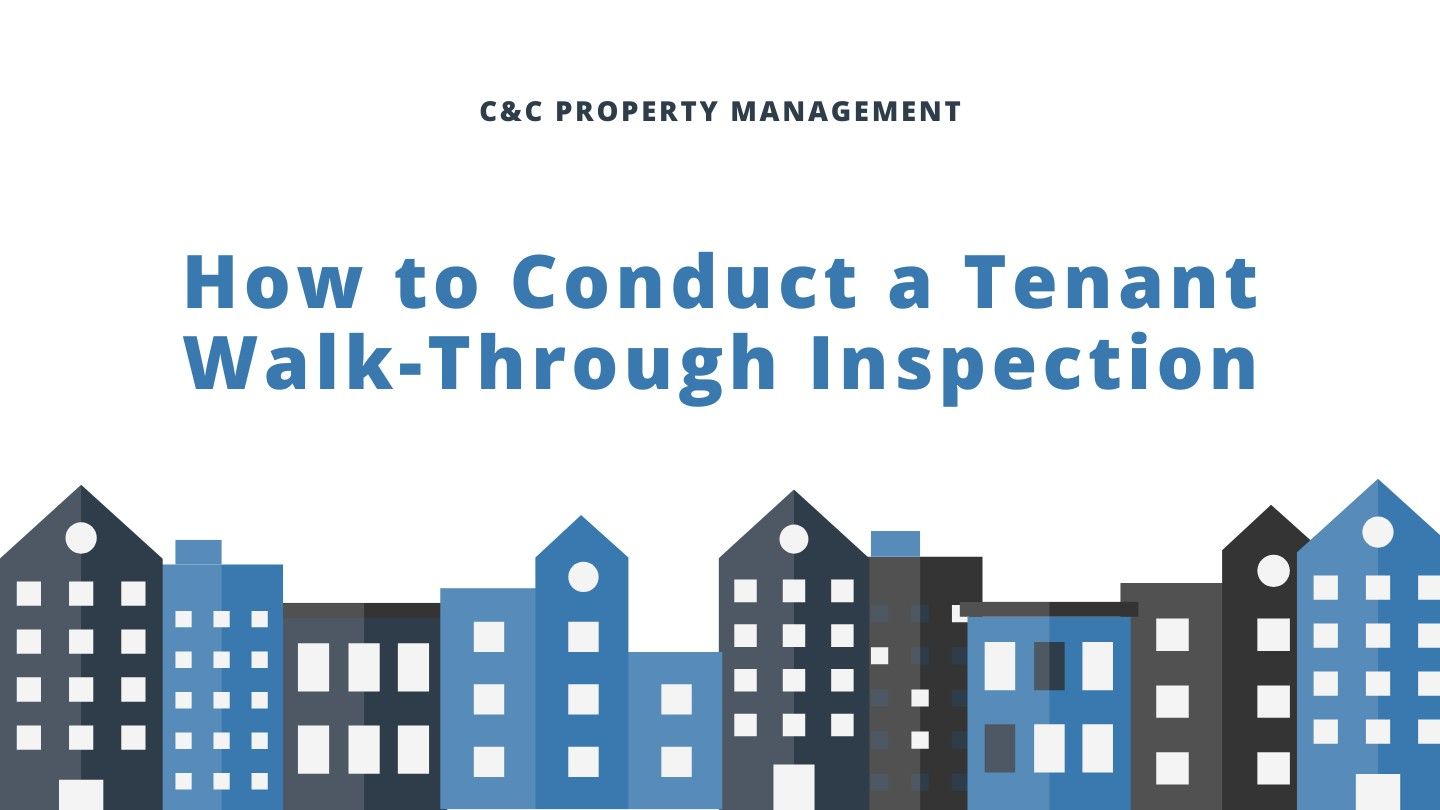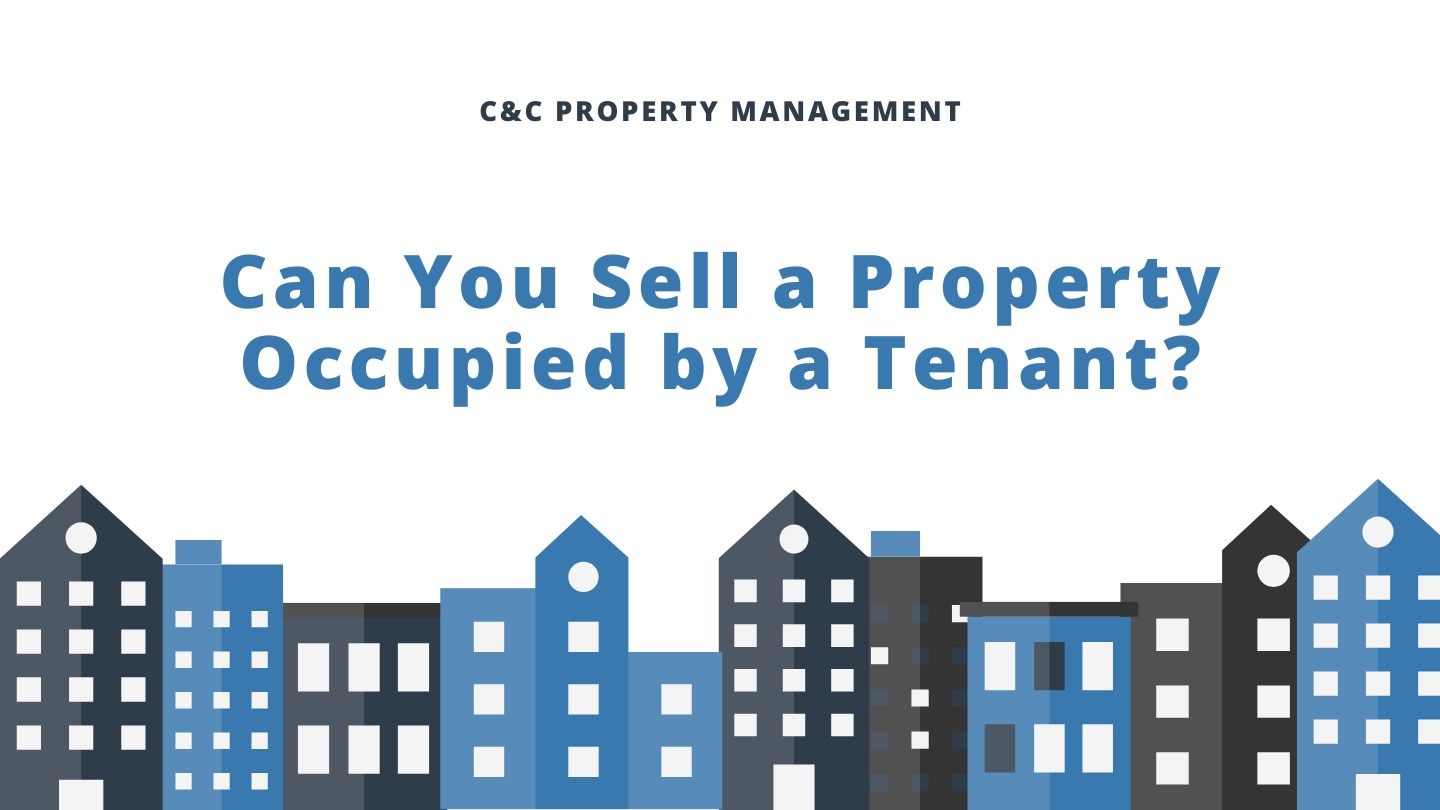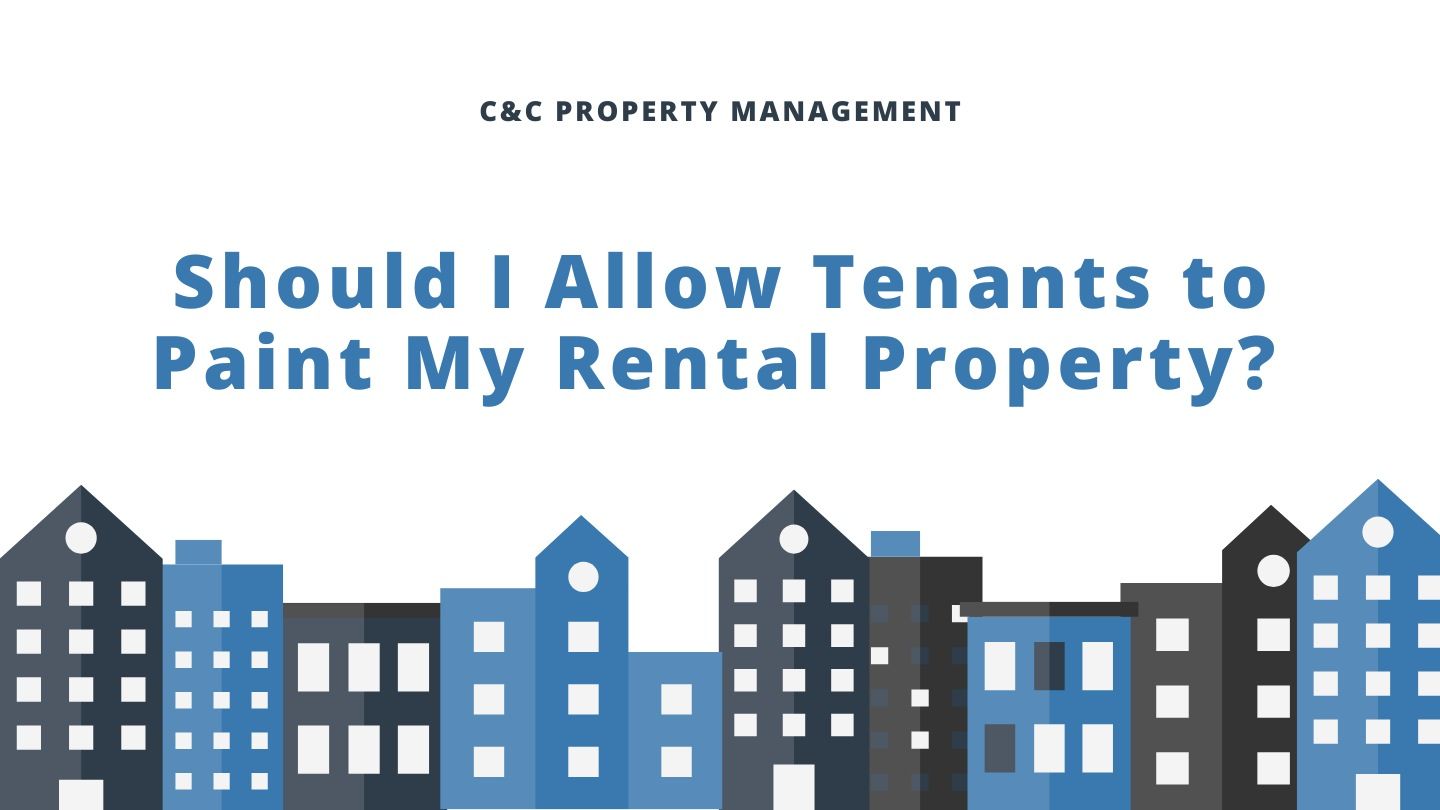The Hidden Costs of Moving Up in Rent Prices—What You Should Know Before Taking the Leap
Despite a significant decrease in median asking rents since their peak, current rates remain higher than those prior to the pandemic. This demonstrates an undeniable plunge, hinting at larger implications ahead.

It's astonishing to witness the state of nationwide rents! The past year has seen an extraordinary run, even compared with more spectacular movements like those experienced by FTX and Terra coins. Despite rent hikes in the past year, we are now seeing an apparent shift. Last March marked a drastic plunge and rents have begun dropping month-over-month as well - signifying a new inflection point has been reached.
After months of slowing from a January 2021 peak, the US rental market continued its downward trend in November 2022 with year-over-year median rent growth hitting an 19 month low. Asking rents dropped by $69 since their earlier peak due to inflation considerations and are currently 21.9% higher than the same period at pre-pandemic levels despite still being around $22 less expensive this month compared to last month's average rate.
As the housing market continues to shift towards multi-family properties, rental demand is expected to surge due to a 'builders strike'. This further may lead fuel prices higher and cause vacancy rates for rentals rise. Ultimately this could help balance out the excess demand, decreasing rent growth and creating an ideal environment for future tenants of multi-family homes.
A staggering 36% difference exists when looking at the metro-level rent growth between Tampa and Indianapolis over the past year. According to ApartmentList data, from March 2020 through now, rents in Tampa have seen a massive 37% uptick while rentals just 6 months ago only saw 1%. In contrast, Indianapolis peaked during its last 12 month period with 7%, declining progressively into June 2021 where it stands currently at merely 1%.
Despite a surging housing market, Providence and San Francisco have been the worst-performing cities over the past six months. This can be attributed to local factors occurring in San Fran due its rent growth standing at -5%, one of only two markets with negative rent growth since March 2020. Despite these circumstances, even areas like this remain appealing investments; their potential for future appreciation is still considerable despite current trends.
Why is This Happening?
The pandemic has taken its toll on the real estate market, creating a perfect storm of conditions. Low interest rates paired with pre-existing housing shortages have spurred higher prices in recent years - yet now due to Covid delays, these already high prices are declining further than typical wintertime seasonality would indicate. It will be interesting to watch what happens next as we move into 2021 and beyond!
The unique housing market of today presents an interesting opportunity for homeowners. Thanks to year-long low interest rates, there are little financial incentives pushing people to sell up and move on - this lack of sales has led to a shortfall in the rental sector as well!
My expert advice is not what most would expect however: if you need or want to move home, don't do it by selling your current property with its incredibly attractive 3% rate mortgage. Instead rent out that house, then when you've reached your destination start renting anew. There's no better time than now take advantage of such advantageous conditions; instead
Many throughout the country were prepared for a rental market bump due to decreasing sales of new listings and an increase in rental interest. What is more surprising, however, is that rent costs went up by far beyond what was expected--a 4.8% increase nationwide over just one year according to NPR data points. Kansas City metro area saw similar trends with rents increasing by well above 15%.
Amidst heightened competition in the rental market, tenants are renewing their leases at unprecedented levels. According to RealPage data, lease renewal rates have climbed almost 10% from 2019 and now stand at 65%, a record high since 1948. This is due primarily to the fact that average increases on new listings far exceed those of 'friendly' existing tenant renewals - leaving many renters with no incentive or affordability gap large enough for them consider changing residences altogether.
Despite the Covid-19 pandemic, several other factors have resulted in an increase of available housing supply. Inflation and skyrocketing home values had already pushed affordability to its limits when this new wave arrived; thus rent growth is stalling as many Americans tend towards multi-generational households for financial reasons. A Realtor.com survey revealed that over half of homeowners are now open to renting out extra space from their homes–the highest being amongst Millennials (67%).
Is Renting Your Property Now a Bad Idea?
Despite the current slight dip in rental activity due to seasonality, demand is expected to remain strong with many intending homeowners switching their plans and opting for rentals instead. This shift of preference coupled with a shortage of housing may drive up rents as we enter warmer months; thus restoring stability within this sector of the real estate market.
While rents have been steadily increasing over recent years, the good news is that we're beginning to see a return to market stability. Though higher interest rates may affect new property purchases in the short term, rental markets should stay consistent or even see marginal drops in pricing. So landlords needn't worry – their investments are safe!








